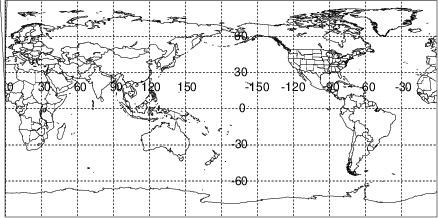

These regions have varying topography, heterogeneous temperature ranges, and varying population distributions, all of which lead to pockets of irregular temperatures within an area. They compared gridded temperature data with weather station temperatures in two locations-England and Wales and Switzerland-to see whether one data set worked better than the other. tested whether GCDs could be useful in studying temperature-related mortality in areas where weather stations are sparse. These GCDs are very useful in large-scale climate studies and ecological research, especially in regions without monitoring stations.īut can GCDs be effective in epidemiological studies, for instance, in looking at how adverse temperatures might affect human health and mortality? Unlike monitoring stations, the estimated temperatures in these grid cells are based on a combination of modeled forecasts and climate models as well as on observations (varying from ground monitors and aircraft to sea buoys and satellite imagery). They use existing gridded climate data sets (GCDs) at different spatial resolutions that average weather within a specific grid. however, their use in driving crop model simulations of smallholder farm level production should be carefully interpreted.When direct measurements of weather are not available, researchers have a work-around.the gridded data sets are usefully applied for characterizing climate variability, i.e.The results of our study thus indicate that : When yields were simulated with data after bias correction using the linear scaling technique, results were slightly improved. The normalized root-mean-square error (NRMSE) of maize yield simulated with observed and gridded data was 30% for all locations with TAMSAT data.


The number of rainy days is better estimated by TAMSAT and CHIRPS with a deviation of 4% and 6% respectively while AgMERRA and NASA Power overestimated by 28% and 67% respectively.The differences were reduced significantly when data sets were bias-corrected. A deviation of more than 100 mm per season was observed in 13%, 20%, 25%, and 40% of the seasons in CHIRPS, AgMERRA, NASA Power, and TAMSAT data sets respectively.The agreement between these data sets and observed data both in the amount and distribution of rainfall was evaluated before and after bias correction statistically. The study used data for 11 locations from Africa and India.
#Gridded weather data simulator#
AgMERRA, CHIRPS, NASA Power, and TAMSAT in estimating climate impacts on crop productivity using Agricultural Production Systems Simulator (APSIM). This study assessed the usefulness and limitations of gridded data from four different sources, i.e.


 0 kommentar(er)
0 kommentar(er)
